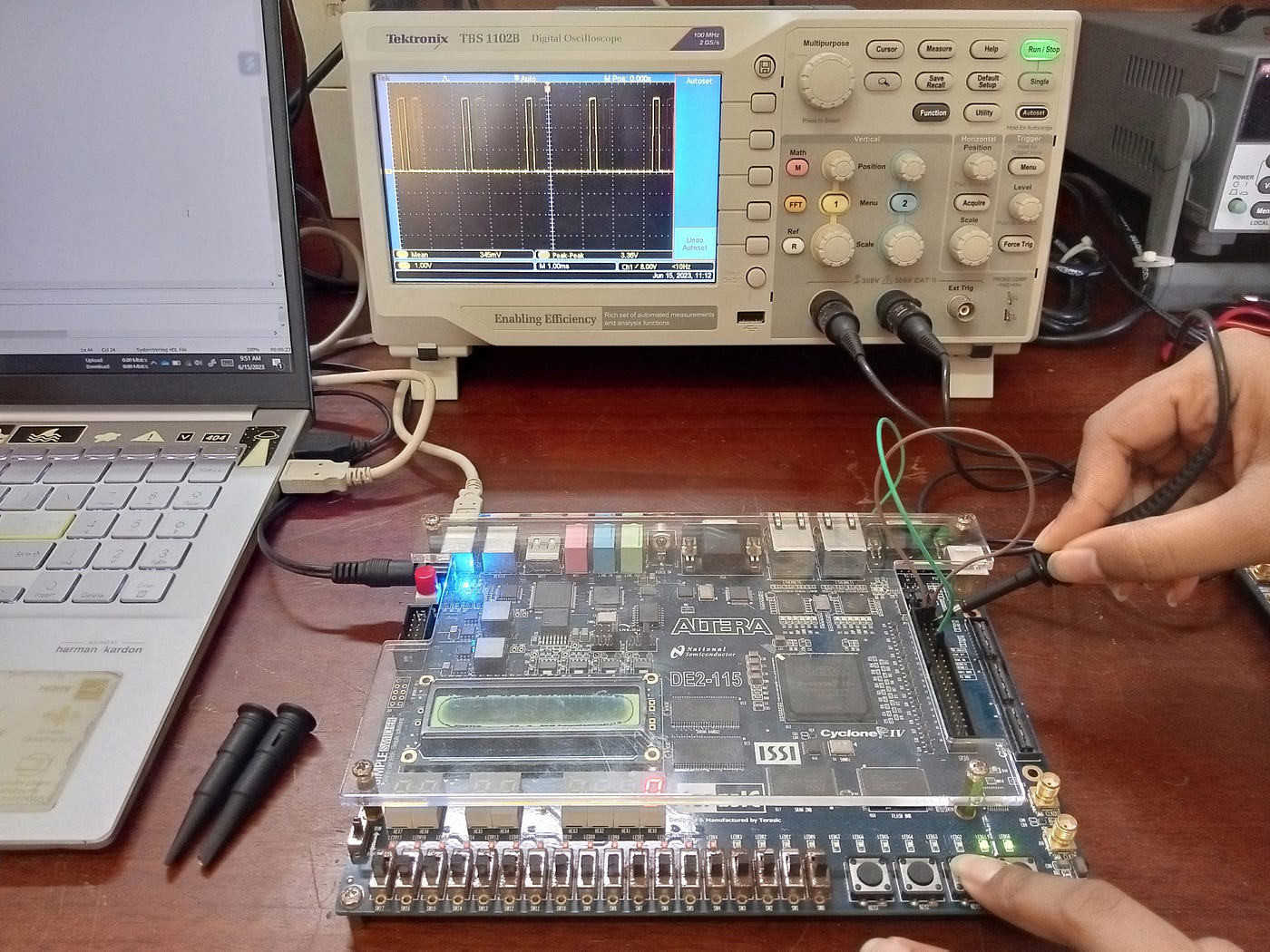
How to become an FPGA engineer? Which FPGA board and program are suitable for beginners?
Global electronic component supplier AMPHEO PTY LTD: Rich inventory for one-stop shopping. Inquire easily, and receive fast, customized solutions and quotes.
Becoming an FPGA (Field-Programmable Gate Array) Engineer requires a combination of digital design knowledge, hardware description languages (HDLs), and hands-on practice. Below is a step-by-step guide along with recommended FPGA boards and software tools for beginners.

Step 1: Learn the Fundamentals
-
Digital Logic Design
-
Understand Boolean algebra, combinational & sequential circuits (gates, multiplexers, flip-flops, FSMs).
-
Study number systems (binary, hex) and arithmetic (adders, multipliers).
-
Resources:
-
Digital Design and Computer Architecture (Harris & Harris)
-
Neso Academy (YouTube)
-
-
-
Hardware Description Languages (HDLs)
-
Verilog (easier for beginners) or VHDL (common in Europe, more verbose).
-
Learn how to write synthesizable code (not just simulation).
-
Resources:
-
FPGA Prototyping by Verilog Examples (Pong Chu)
-
Verilog HDL: A Guide to Digital Design (Palnitkar)
-
-
-
FPGA Architecture Basics
-
Learn about CLBs (Configurable Logic Blocks), LUTs, DSP slices, Block RAM, and clock management.
-
Understand pipelining, timing constraints, and metastability.
-
Step 2: Get Hands-On with FPGA Development Boards
Recommended Beginner FPGA Boards
| Board | FPGA Chip | Key Features | Price (USD) |
|---|---|---|---|
| Digilent Basys 3 | Xilinx Artix-7 | Beginner-friendly, switches, LEDs, VGA, PMOD | ~$150 |
| Terasic DE10-Lite | Intel MAX 10 | Simple, 7-segment displays, GPIO | ~$100 |
| Numato Mimas A7 | Xilinx Artix-7 | Affordable, onboard peripherals | ~$100 |
| Lattice iCE40UP5K (TinyFPGA) | Lattice iCE40 | Open-source toolchain, small & cheap | ~$50 |
| Xilinx PYNQ-Z2 | Xilinx Zynq-7020 | FPGA + ARM Cortex-A9 (for embedded Linux) | ~$200 |
Best Choice for Beginners:
-
Basys 3 (Xilinx) or DE10-Lite (Intel) → Good documentation, lots of tutorials.
-
TinyFPGA (Lattice) → If you prefer open-source tools.
Step 3: Learn FPGA Development Tools
Xilinx (AMD) FPGAs
-
Vivado (Industry-standard, free WebPACK version available)
-
Vitis (For HLS - High-Level Synthesis)
Intel (Altera) FPGAs
-
Quartus Prime Lite (Free version for smaller FPGAs)
Lattice FPGAs
-
Lattice Radiant or IceStorm (Open-source toolchain)
Open-Source Alternatives
-
Yosys + NextPNR (For Lattice iCE40, ECP5)
-
Icarus Verilog / GTKWave (For simulation)
Step 4: Start with Simple Projects
-
Basic Projects:
-
LED blink (Hello World of FPGA)
-
7-segment display control
-
Button debouncing
-
PWM-based LED dimming
-
-
Intermediate Projects:
-
UART (Serial communication)
-
VGA signal generation (simple graphics)
-
SPI/I2C interfacing (sensors, ADCs)
-
-
Advanced Projects:
-
Simple CPU (RISC-V, 8-bit)
-
Digital signal processing (FIR filter, FFT)
-
Accelerating algorithms in hardware (HLS)
-
Step 5: Deepen Your Knowledge
-
Timing Analysis (Setup/Hold, Clock Domain Crossing)
-
High-Level Synthesis (HLS) (Using C/C++ with Xilinx Vitis)
-
FPGA-based SoCs (Xilinx Zynq, Intel Cyclone V)
-
Industry Protocols (AXI, PCIe, DDR memory)
Step 6: Join the FPGA Community
-
Forums:
-
Open-Source Projects:
Final Tips
✅ Start small (LEDs → UART → VGA → CPU).
✅ Simulate first (use ModelSim / Icarus Verilog) before flashing to hardware.
✅ Read FPGA vendor docs (Xilinx/Intel user guides).
✅ Consider certifications (Xilinx, Intel FPGA training).
By following this roadmap, you'll build a strong foundation in FPGA design and be well on your way to becoming an FPGA Engineer!
Related Articles
- ·How to boot Linux on a Xilinx FPGA?
- ·Is FPGA chip suitable for algorithm development?
- ·The best MCUs/MPUs for industrial humanoid robots
- ·What are the differences between FPGA and DSP processors for signal processing?
- ·How to Generate Low Clock Frequencies in FPGA?
- ·How to Use DDR Memory with FPGA for DSP Application?
- ·Application of Embedded Systems in Aerospace and Defense Fields
- ·Comparison of FPGA, ARM, STM32, and DSP Platforms
- ·Comparison of FPGA, CPLD, PLC, Microprocessor, Microcontroller & DSP
